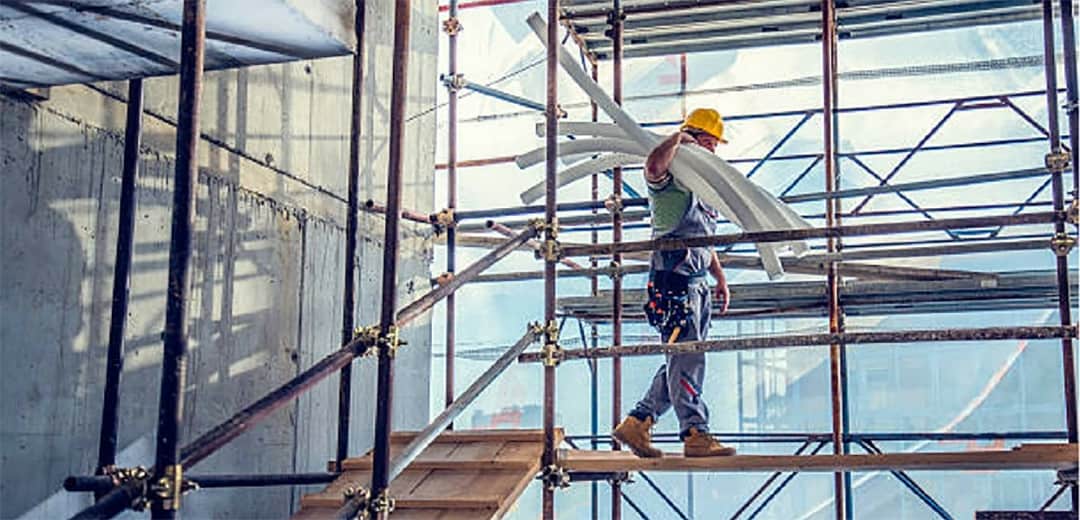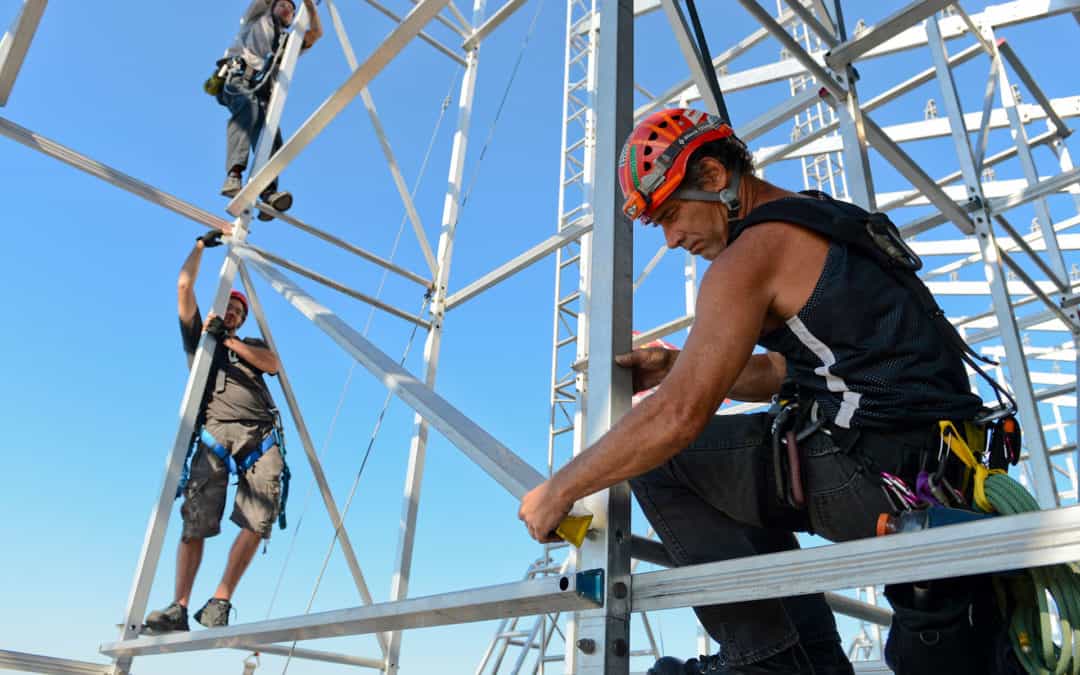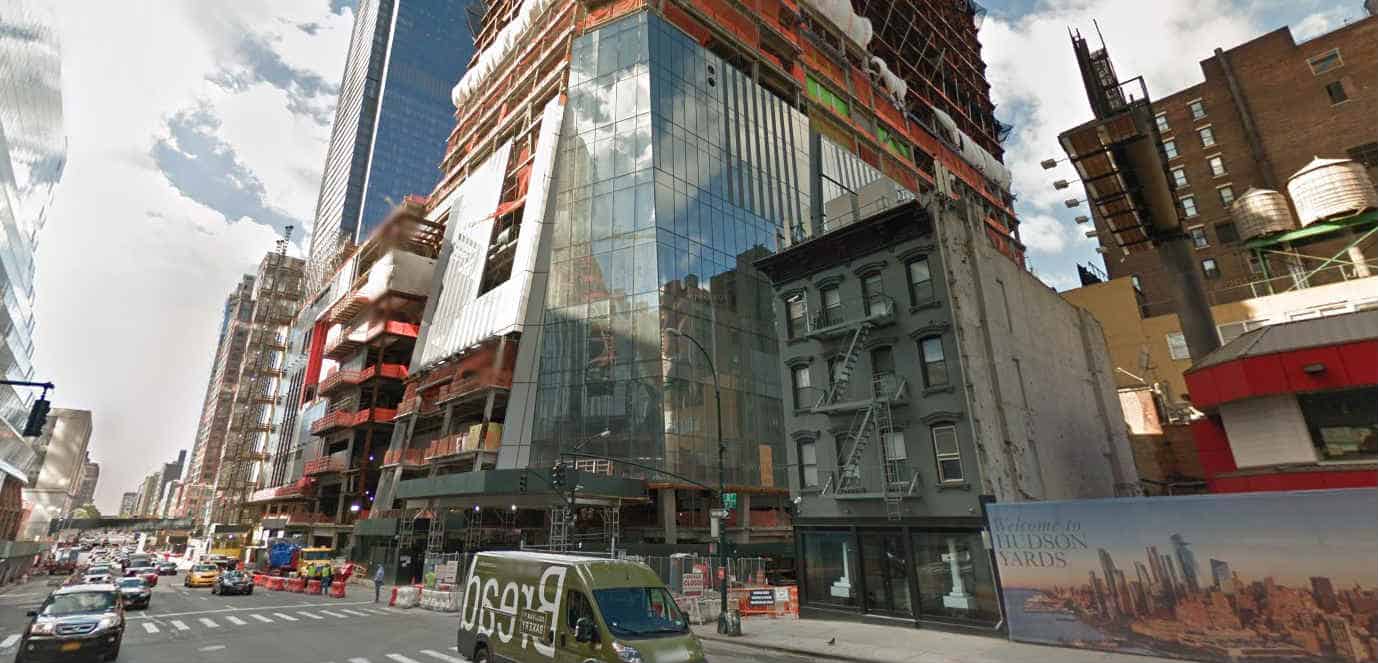In recent years there has been a great deal of debate over the importance of the Scaffold Safety Law. There are advocates on both sides, and arguments about money and insurance, about how to keep New York’s construction industry booming, and how to keep workers safe. Wading through all of the arguments can be overwhelming, which makes apathy toward the issue an easy response.
To understand this issue fully, it helps to understand what the Scaffold Safety Law actually is. It is not a separate law in and of itself but is a part of New York’s Labor Law Section 240. This section stipulates that the owner or general contractor of a construction site has to provide safety equipment for workers. If they fail to provide things like secure scaffold parts and fall protection equipment, and someone is seriously injured or killed without it, then the owner or contractor can be held legally responsible for the accident.
So long as the equipment is provided and available for workers, the site owner or contractor is not considered responsible for any accident involving scaffolding and is not held liable. The owner is also not liable if the injured worker was under the influence of drugs or alcohol at the time of the accident, or if the worker chose not to use the safety equipment provided to him.
Some owners and contractors argue this places an undue burden upon them; that they should never be liable for these accidents, while workers’ advocates argue that Scaffold Safety Law has prevented countless injuries and deaths.
The heart of this issue comes down to negligence and liability, which are an important part of any civil claim. Negligence refers to actions or inactions that are contrary to what a reasonable person would do. Driving while wearing a blindfold, for example, is certainly NOT something a reasonable person would do, so it would be an act of negligence. If someone’s negligence directly causes or contributes to injury to a person or his property, the negligent party can be held liable for paying those damages.
The Scaffold Safety Law places liability on the owner or general contractor of a construction project unless they provide usable safety equipment on a worksite. Owners argue that this liability is unjust and excessive, while workers argue that they should not be responsible for buying or bringing things like scaffold rails and fall prevention equipment to a worksite.
Platform access must be provided when the platform is more than two feet above an access point, such as via ladders or ramps. Scaffolds must be erected, moved, dismantled, or altered only under the supervision of a competent person trained in scaffold safety. Scaffolds must be inspected for defects routinely by a competent person, and defective parts must be replaced immediately.
A competent person with scaffold experience must train other workers on a site to recognize potential hazards and properly use scaffolds and safety equipment. Whenever there is inclement weather, high winds, or storms, a competent person must determine if it is safe to use scaffolds at a job site.
It can be easy to assume that OSHA will keep workers safe and enforce proper regulations at New York worksites. In reality, however, OSHA inspectors only have the ability to inspect about one worksite per day each year. This is usually done after a serious accident or when a violation has already been reported. OSHA is understaffed and cannot be a constant presence to keep workers safe.
Regulations like the Scaffold Safety Law help keep site owners and contractors honest, because these laws are always in effect even when OSHA is not around. While we all want to imagine that construction companies have their workers’ best interests at heart, sometimes the best way to ensure they protect the people who work for them is to make them do so while protecting their wallets.
After a scaffolding accident, a HURT-511 personal injury lawyer can help you recover the benefits to which you may be entitled by law. For a free consultation with an experienced workers’ compensation lawyer, call us toll-free at 800-4878-511 or complete our online form. Our firm handles accident and injury claims throughout all five boroughs of New York.
HURT-511 operates in all boroughs of New York including all Bronx neighborhoods, namely: Bedford Park, Belmont, Fordham, Highbridge, Hunts Point, Jerome Park, Kingsbridge, Morris Park, Morrisania, Mott Haven, Parkchester, Riverdale, Spuyten Duyvil, Throgs Neck, University Heights and Woodlawn.







 Trusted Reviews
Trusted Reviews



